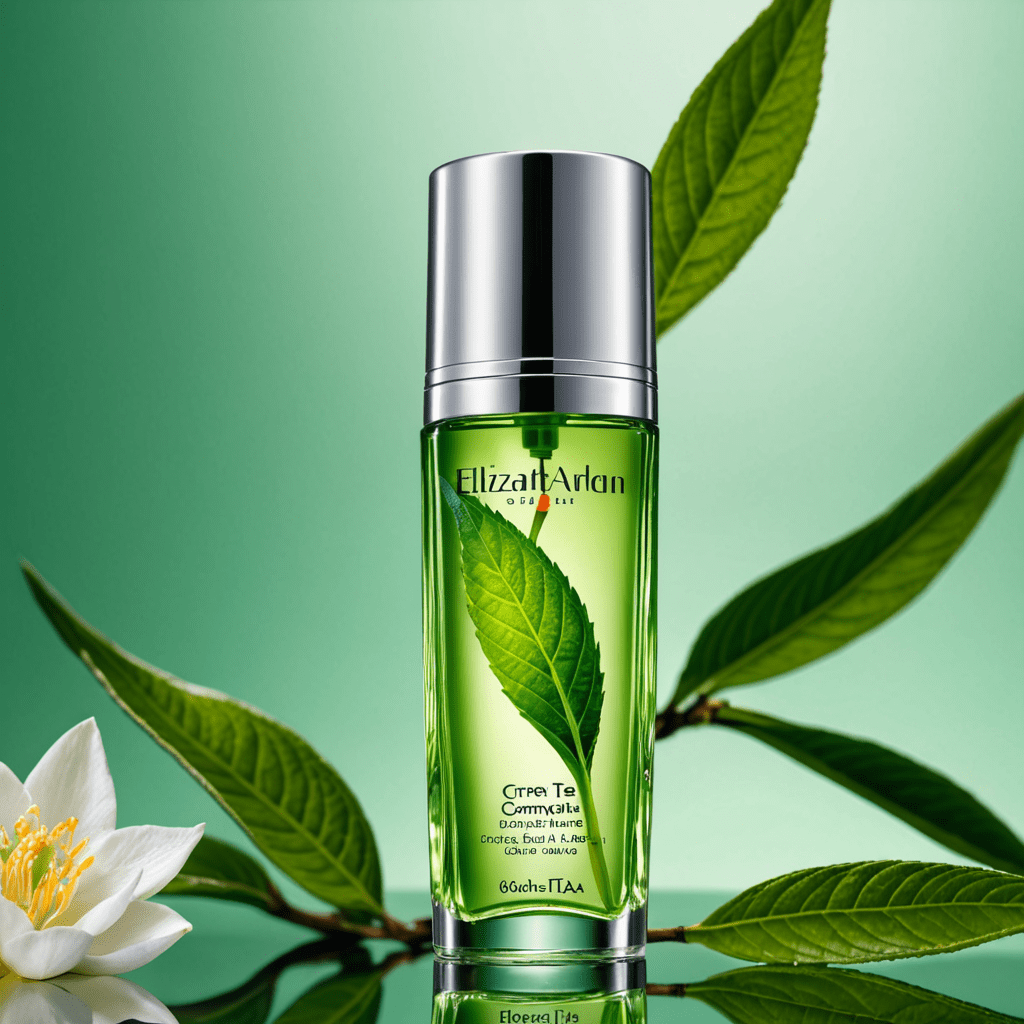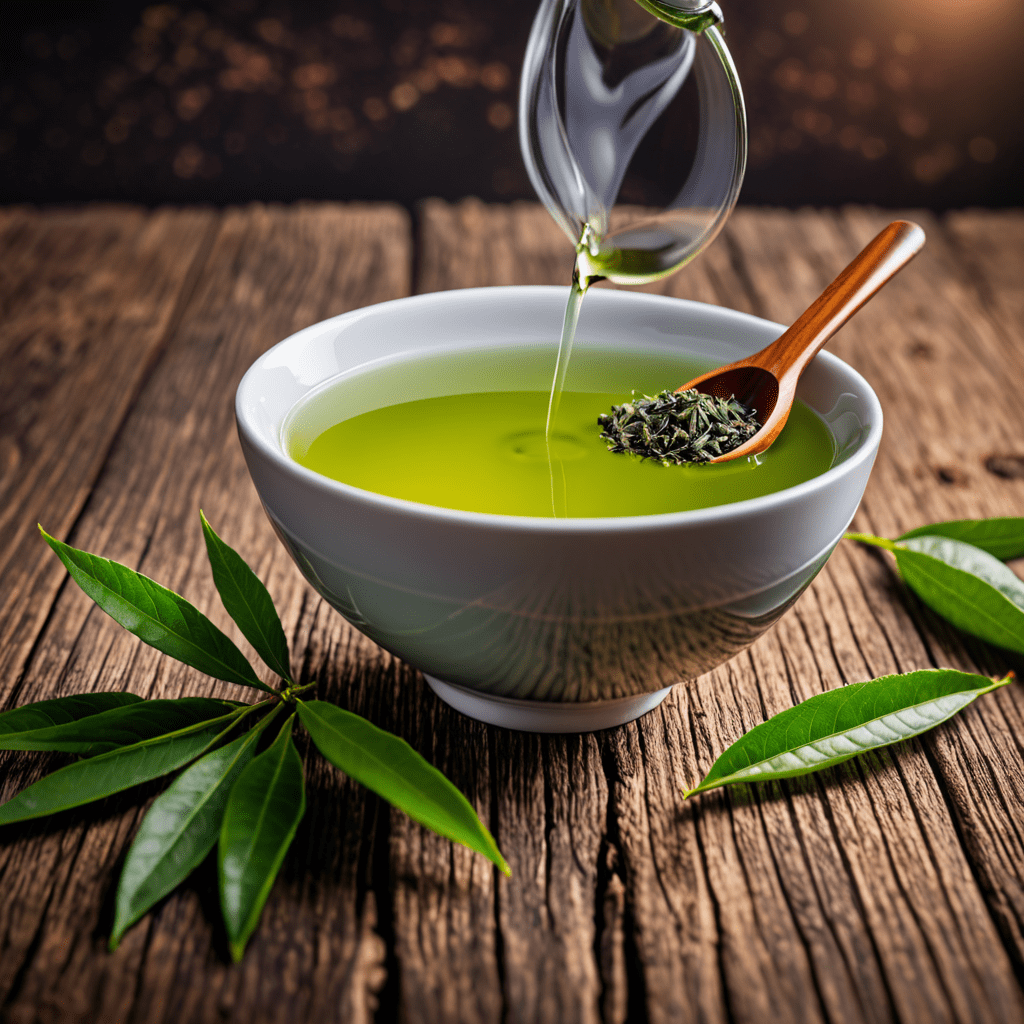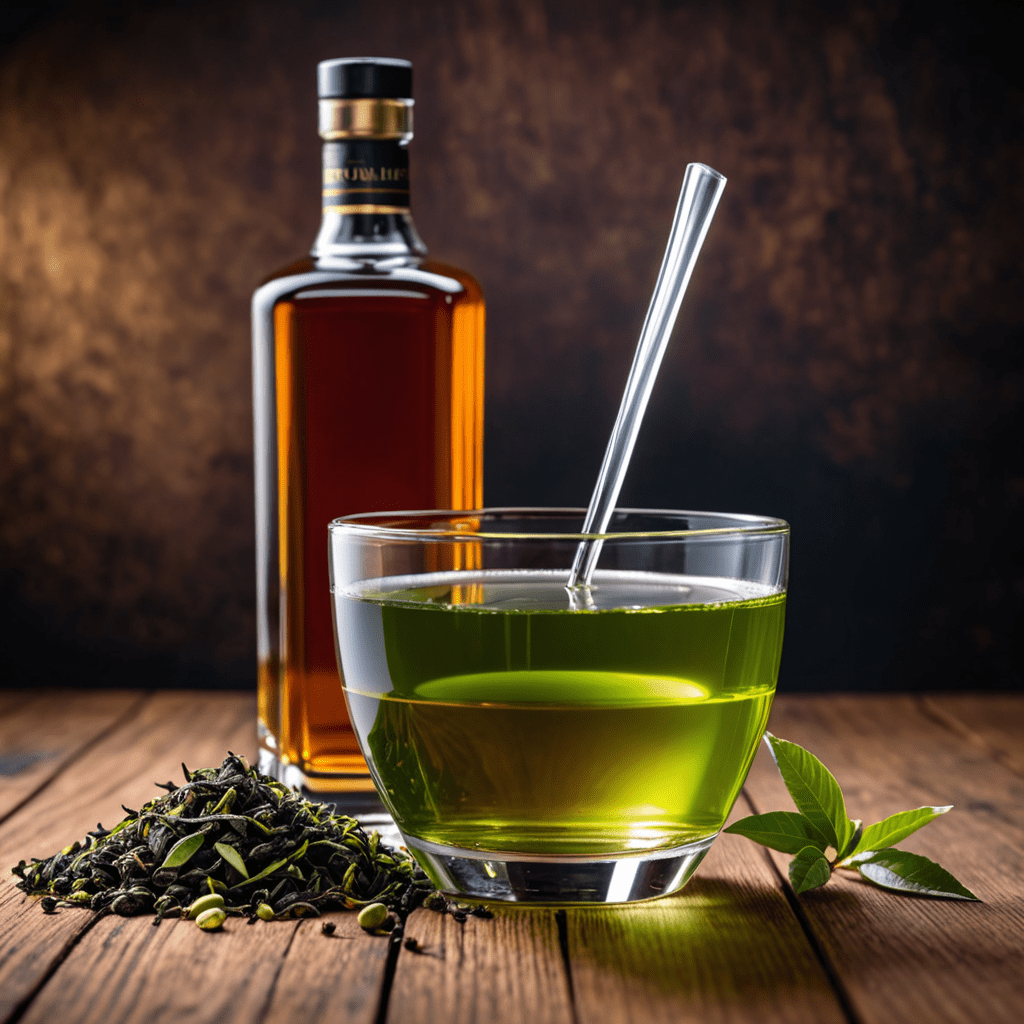1. Introduction
Tea and calligraphy are two of the most celebrated cultural traditions in China. Both have a rich history dating back thousands of years and are deeply intertwined with the country's art, philosophy, and way of life. Today, tea and calligraphy continue to be enjoyed by people all over the world, and they remain an important part of Chinese culture.
2. The History of Chinese Tea and Calligraphy
The history of Chinese tea can be traced back to the 3rd century BC, when it was first mentioned in ancient Chinese medical texts. Tea drinking became popular in China during the Tang Dynasty (618-907 AD), and it was during this time that tea and calligraphy began to be closely associated with each other. Many famous calligraphers of the Tang Dynasty were also tea drinkers, and they often wrote poems and inscriptions about tea.
3. The Role of Tea in Chinese Culture and Society
Tea has played an important role in Chinese culture and society for centuries. It is a symbol of hospitality, friendship, and good fortune. Tea is also used in traditional Chinese medicine, and it is believed to have many health benefits.
4. The Significance of Calligraphy in Chinese Culture
Calligraphy is one of the most important art forms in Chinese culture. It is a way of writing Chinese characters with a brush and ink, and it is considered to be a beautiful and expressive form of art. Calligraphy is also used in many practical applications, such as writing letters, poems, and inscriptions.
5. The Harmony between Tea and Calligraphy: Yin and Yang
Tea and calligraphy are often seen as complementary activities, as they represent the balance of yin and yang. Yin is the feminine principle, which is associated with darkness, cold, and passivity. Yang is the masculine principle, which is associated with light, heat, and activity. Tea is considered to be a yin beverage, while calligraphy is considered to be a yang activity. Together, tea and calligraphy create a harmonious balance that is both calming and stimulating.
6. The Use of Tea in Calligraphy: Artistic Effects
Tea can also be used to create artistic effects in calligraphy. By adding a few drops of tea to the ink, calligraphers can create a variety of different shades and textures. Tea can also be used to create washes, which can be used to create backgrounds or to add depth to characters.
7. Tea and Calligraphy as Forms of Personal Expression
Tea and calligraphy are both forms of personal expression. Through tea, people can express their creativity, their emotions, and their connection to nature. Through calligraphy, people can express their thoughts, their feelings, and their values. Both tea and calligraphy are ways for people to connect with their own inner selves and to share their experiences with others.
8. Tea and Calligraphy in Modern Chinese Art
Tea and calligraphy continue to be important elements of Chinese art today. Many contemporary Chinese artists incorporate tea and calligraphy into their work in new and innovative ways. For example, some artists use tea to create abstract paintings, while others use calligraphy to create sculptures and installations.
9. The Cultural Value of the Tea and Calligraphy Pairing
The pairing of tea and calligraphy is a unique and important part of Chinese culture. It is a tradition that has been passed down for centuries, and it continues to be a source of inspiration and enjoyment for people all over the world.
10. Conclusion
Tea and calligraphy are two of the most cherished cultural traditions in China. Both have a rich history, and both continue to play an important role in Chinese art, society, and way of life today. The pairing of tea and calligraphy is a harmonious and complementary one, and it is a tradition that is sure to continue for many centuries to come.
FAQ
- What is the best way to brew tea for calligraphy?
The best way to brew tea for calligraphy is to use fresh, cold water and to steep the tea for a short period of time. This will produce a light and refreshing tea that is perfect for writing.
- What type of paper is best for tea calligraphy?
The best paper for tea calligraphy is a smooth, white paper that is slightly absorbent. This type of paper will allow the ink to flow easily and will help to create clear, beautiful characters.
- What are some tips for writing tea calligraphy?
Here are a few tips for writing tea calligraphy:
- Use a sharp brush.
- Use a light hand.
- Be patient and take your time.
- Practice regularly.


